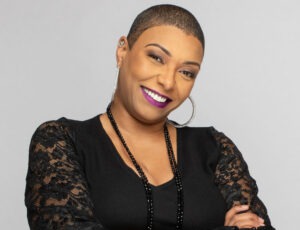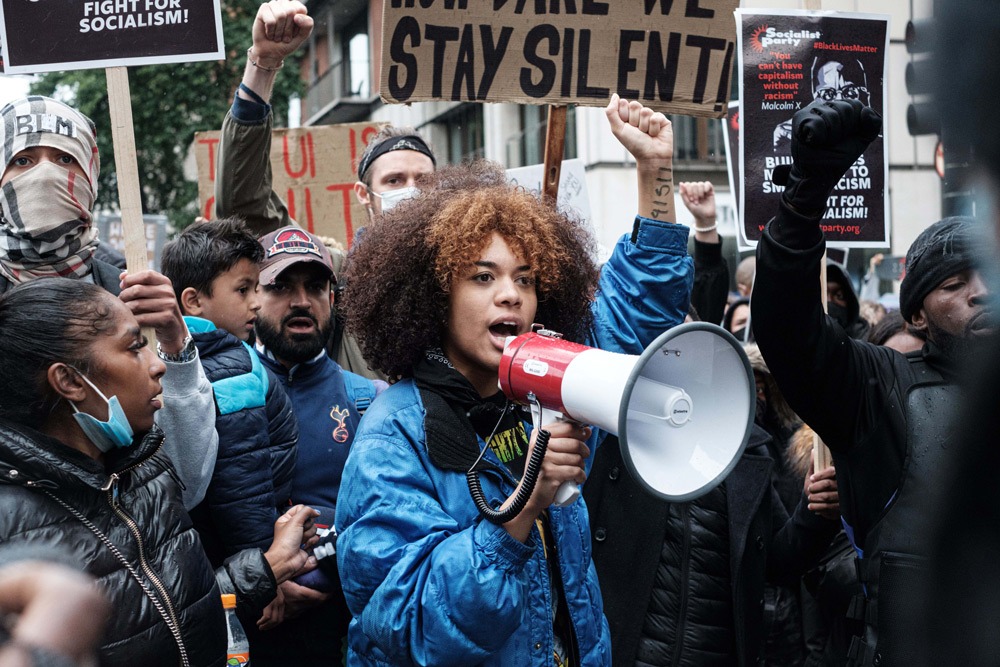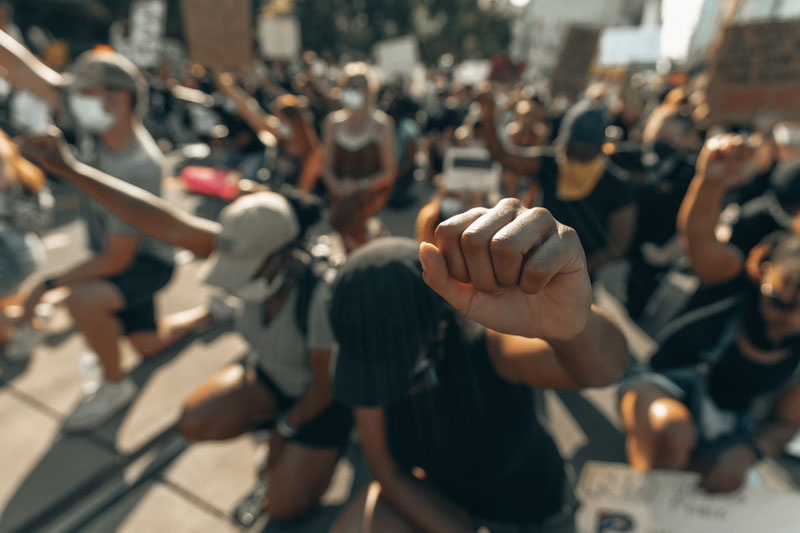
August 29, 2019; The Art Newspaper, Artnet News, and WGBH
Finding funders has never been easy work, but, in this time of public accountability for societal malefactors and philanthropic money launderers, it has gotten harder. Not only must nonprofits find sources of funding, they have to ensure they will not be embarrassed or stigmatized by those who answer their call. Of course, such donors are more likely to choose some organizations—with cultural and educational institutions prime among them.
In a recent article in The Art Newspaper, Adam Weinberg, director of New York’s Whitney Museum, said to writer Victoria Stapley-Brown, “Museums are fragile institutions that depend upon ongoing private support to fulfill a role in our society that is more essential now than ever. We would hate to see those who wish to support our efforts in bringing the work of American artists to a broad public become discouraged from doing so.”
He could have been talking about all nonprofits. Organizations need to know more than ever about who their donors are, the state of their politics, and how their wealth was earned. At the same time, they can’t let the level of scrutiny become so onerous that donors just walk away.
Examples of peril from taking money from the “wrong” donors are not hard to find. NPQ has closely followed the Whitney Museum’s struggle to respond to protesters. MIT, Harvard University, and the New York Academy of Art have all been forced to account for their willingness to accept donations from Jeffrey Epstein. Others have been challenged over support from members of the Sackler or Koch families.
Defining the problem is the easy part; finding the right balance point is what vexes organizational leaders. Maxwell Anderson, a former Whitney director, summarized the dilemma: “Unless you are prepared to face real setbacks as an institution, it will be hard to find support derived entirely from sources beyond reproach.” András Szántó, a consultant in cultural policy and philanthropy for the arts, made it even clearer. “It’s hard to satisfy all concerns and constituencies. The crises involved now play out in the open, stoked by social media. And there’s no commonly accepted road map.”
Sign up for our free newsletters
Subscribe to NPQ's newsletters to have our top stories delivered directly to your inbox.
By signing up, you agree to our privacy policy and terms of use, and to receive messages from NPQ and our partners.
After the fact, once embarrassed by a donor, nonprofits scurry to soften the blow and reduce the damage. After being outed for taking $800,000 from Jeffrey Epstein and facing protests from faculty, MIT issued a public apology to Epstein’s victims and said it will donate “an amount equivalent to what the school received from Epstein to charities that benefit victims of sexual assault.” According to ArtNet News, “The New York Academy of Art…is establishing a committee to formalize a protocol” for going forward. The offending donor at the Whitney agreed to resign his board position.
Preventing the problem is more difficult. As Terry Hartle, a senior vice president with the American Council on Education, explained to WGBH, colleges and universities need “procedures to vet donors before they establish a relationship with them and take their money.” After all, “no school wants to be caught taking money from someone with a criminal record, particularly in the current environment.”
The need to screen current and future supporters is clear; who those screens should exclude is harder to see. Whitney’s Weiss sees building consensus on what is inappropriate as a difficult task:
I think it’s a very healthy thing that people are talking about it, but I think it’s a dangerous thing to react too quickly, and begin to shut people down and close them out because they don’t conform to some particular idea people have about what’s acceptable.
Perhaps more important for an organization than having the perfect screen is being transparent and demonstrating that it knows who its supporters are and where their wealth has come from. According to Weiss, “Each institution is obligated at any time to be able to speak compellingly about who it’s taking money from and why. I think the public has the right to ask that question, and we have an obligation to answer it.”
Even the best screening process and the most transparent of systems will not guarantee protection from the consequences of taking potentially tainted money. Public opinion is too fragmented, and values change too quickly. But screening and transparency will show that organizational leaders are aware of the benefits and risks of their decisions. It will not inoculate an organization from risk, but it will strengthen its ability to prevent obvious missteps and respond when the heat of public opinion rises.—Martin Levine












